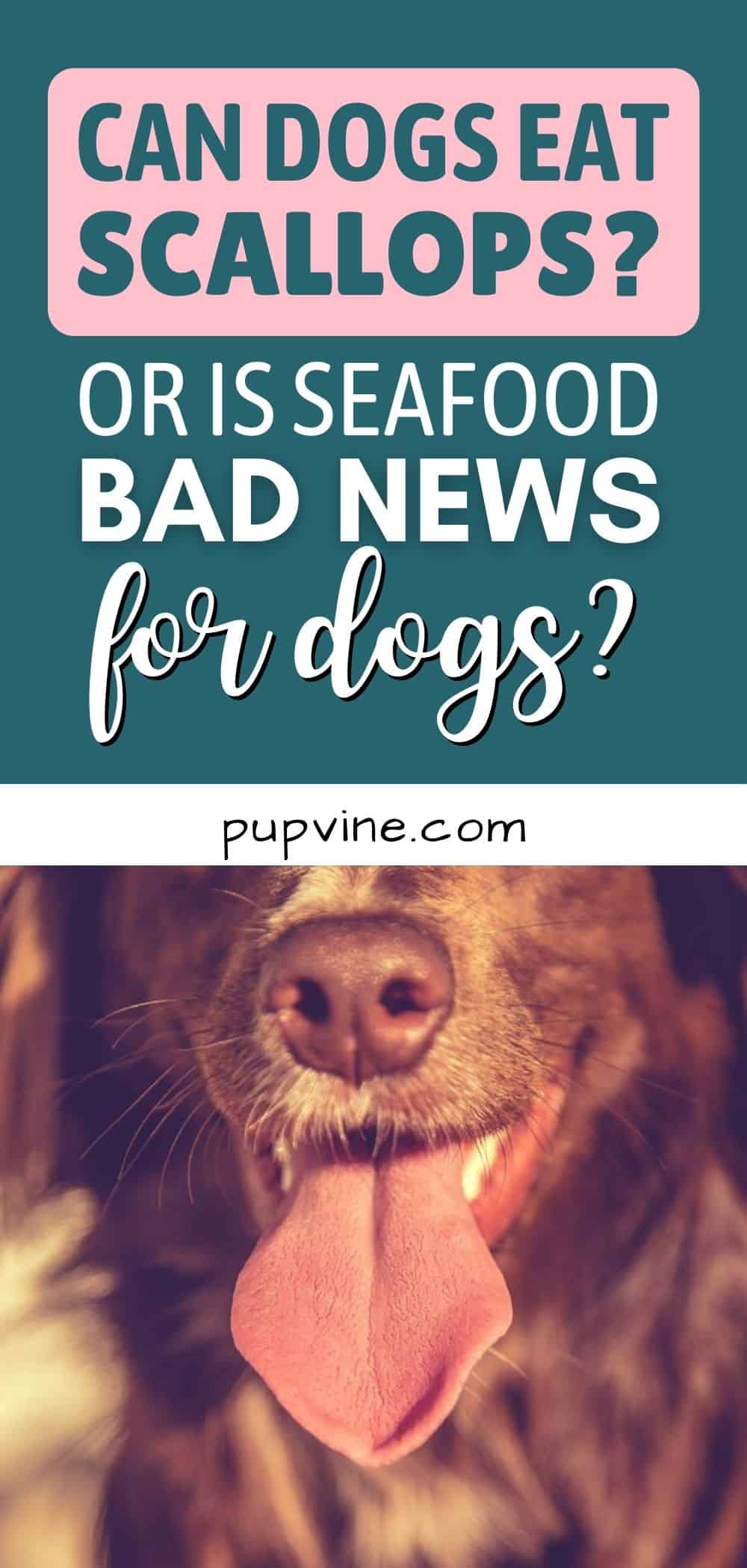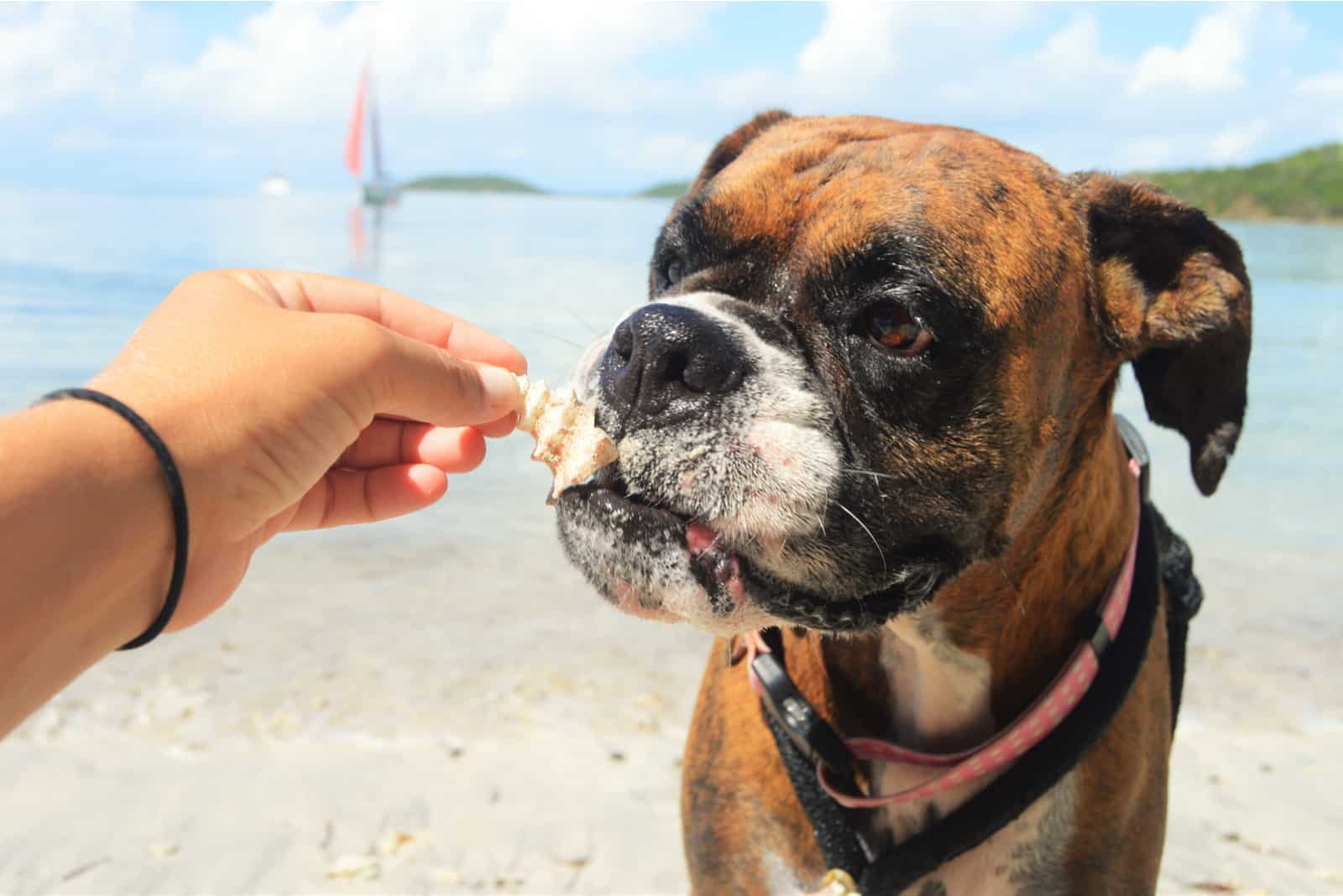Seafood has long been accepted as part of a healthy, balanced diet for humans. And scallops have been part of this diet for thousands of years, though we have to take precautions, so we don’t get sick.
But what about our furry friends, watching us with pleading eyes as we tuck into our seafood meal? Before we give in and toss them a tasty scrap, we need to know, can dogs eat scallops?
Apart from being delicious, seafood has excellent nutritional value, though once again, concerns about pollution and freshness have to be taken into account.
We’ll take a detailed look at the do’s and don’ts of feeding scallops to your dog, along with some helpful advice about seafood and fish to put your mind at ease.
What are scallops?

It might be useful to learn exactly what they are before going any further, as this will help explain some of the points as we go along.
Scallops form part of the bivalve mollusk family, along with oysters, clams, and mussels. ‘Bivalve’ simply means that they have a two-part shell that is hinged in the middle.
Confusingly, the name ‘scallop’ can refer to hundreds of species of shellfish, including clams and some kinds of oyster. What is clear, though, is that all of them are present in marine environments. That is, they are only found in saltwater, never in freshwater areas.
Found in every ocean around the world, they live mostly on the sandy seabed, on rocks, or among the seaweed.
Although other parts are edible, the main bit that is eaten is the adductor muscle, the plump, juicy cylindrical piece of flesh found in the center of the shell. They use this muscle to move by ‘clapping’ their shell rapidly, which forces them through the water very quickly.
In the culinary world, this muscle is the part that is usually referred to as the scallop.
Nutritional value
When it comes to health and nutritional value, the facts are pretty impressive:
• Zinc – good for the thyroid and immune system, boosts enzymes and hormones, and provides a healthy skin and coat.
• Phosphorous – keeps bones strong (be careful though, it’s important to keep phosphorous levels low).
• Calcium – essential for growth, strong teeth and bones, healthy muscles, nervous system, and heart function.
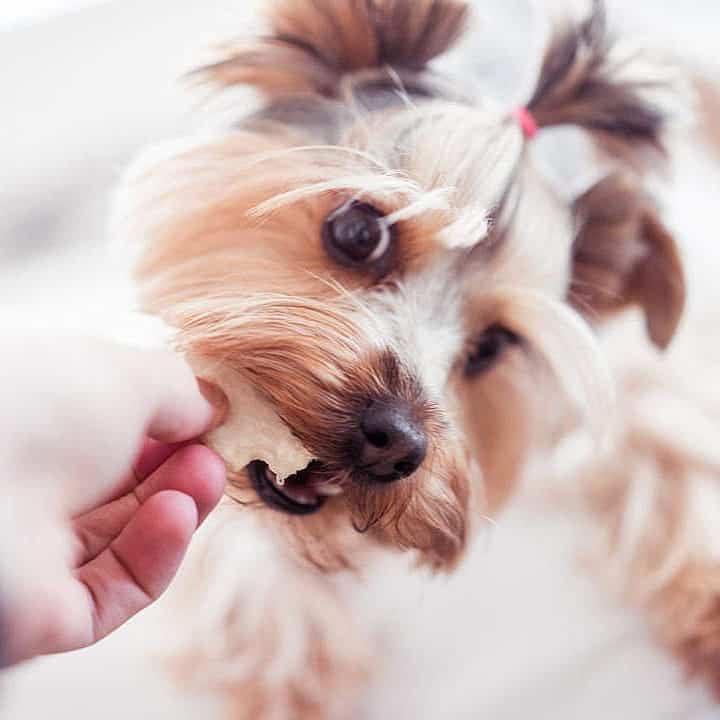
Photo from @4dogowners
• Iron – hemoglobin and myoglobin, proteins that carry oxygen in the blood and muscles, need a core of iron. Deficiency in iron levels can cause anemia.
• Copper – helps the body absorb iron and is involved in bone formation, as well as making collagen and myelin (the protective shield that covers the nerves).
• Selenium – for a healthy thyroid, immune system, brain function, and an antioxidant (destroying free-radicals that damage healthy cells).
• Potassium – helps maintain a healthy heart, nerves, and muscles.
• Magnesium – every action your dog performs is helped by this trace mineral. It is involved in the transfer of energy within the cells that allows movement. It is also a natural relaxant that combats problems such as arthritis and hip dysplasia and aids the absorption of other minerals and vitamins.
• Omega-3 fatty acids – reduces inflammation and keeps the immune system in good shape.
• Vitamin B12 – vital for the nervous system, proper brain function, and growing healthy blood cells. It also plays a role in keeping the digestive system running properly.
In addition to these benefits, they are very low in fat content, are a good source of protein, have zero carbs, and are low in calories. It’s clear to see just how beneficial this seafood can be to our dog’s health.
But are there any downsides or negatives to look out for? Read on to find out!
So, should I feed my dog scallops?
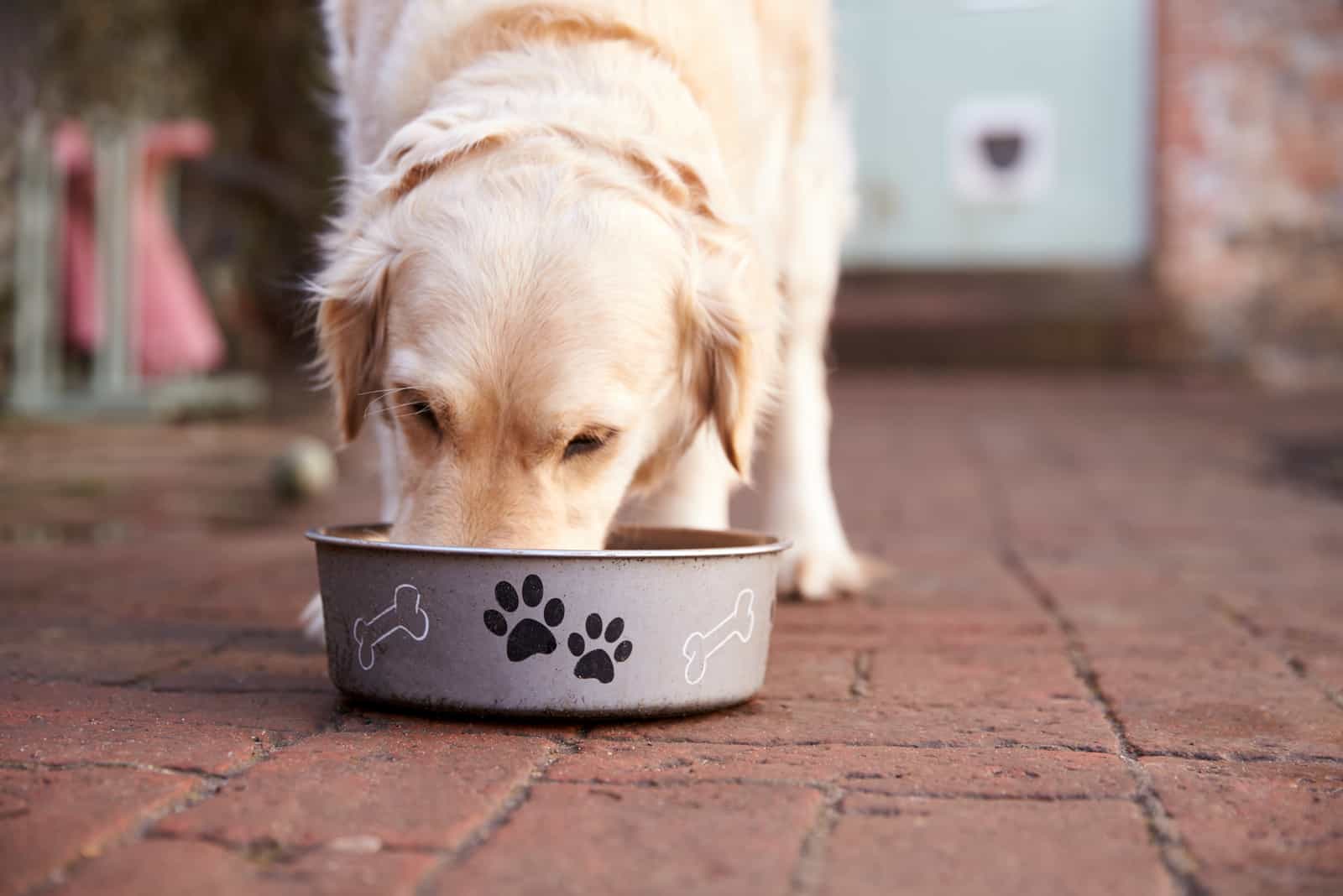
The short answer is yes! The goodness in them makes them suitable for your dog’s diet, but there are guidelines to follow – unless you want a very poorly pooch on your hands.
One of the most important factors in this is the way they are cooked. While we might enjoy them fried, this just doesn’t work for dogs.
Many cooking oils can cause serious problems over time, and butter is frequently used, which is equally as bad for them as many dogs struggle to cope with dairy produce.
In the short term, fried food can simply cause dogs to suffer from an upset stomach. But serious issues can arise if they ingest it over a long period.
Diseases such as pancreatitis can arise, which, if not treated in time, can lead to a severe, hemorrhagic form that can result in sudden death. The ASPCA recommends that you avoid giving dogs any kind of fried food.
Instead, you should bake or broil them before giving them to your dog.
What about serving them raw?
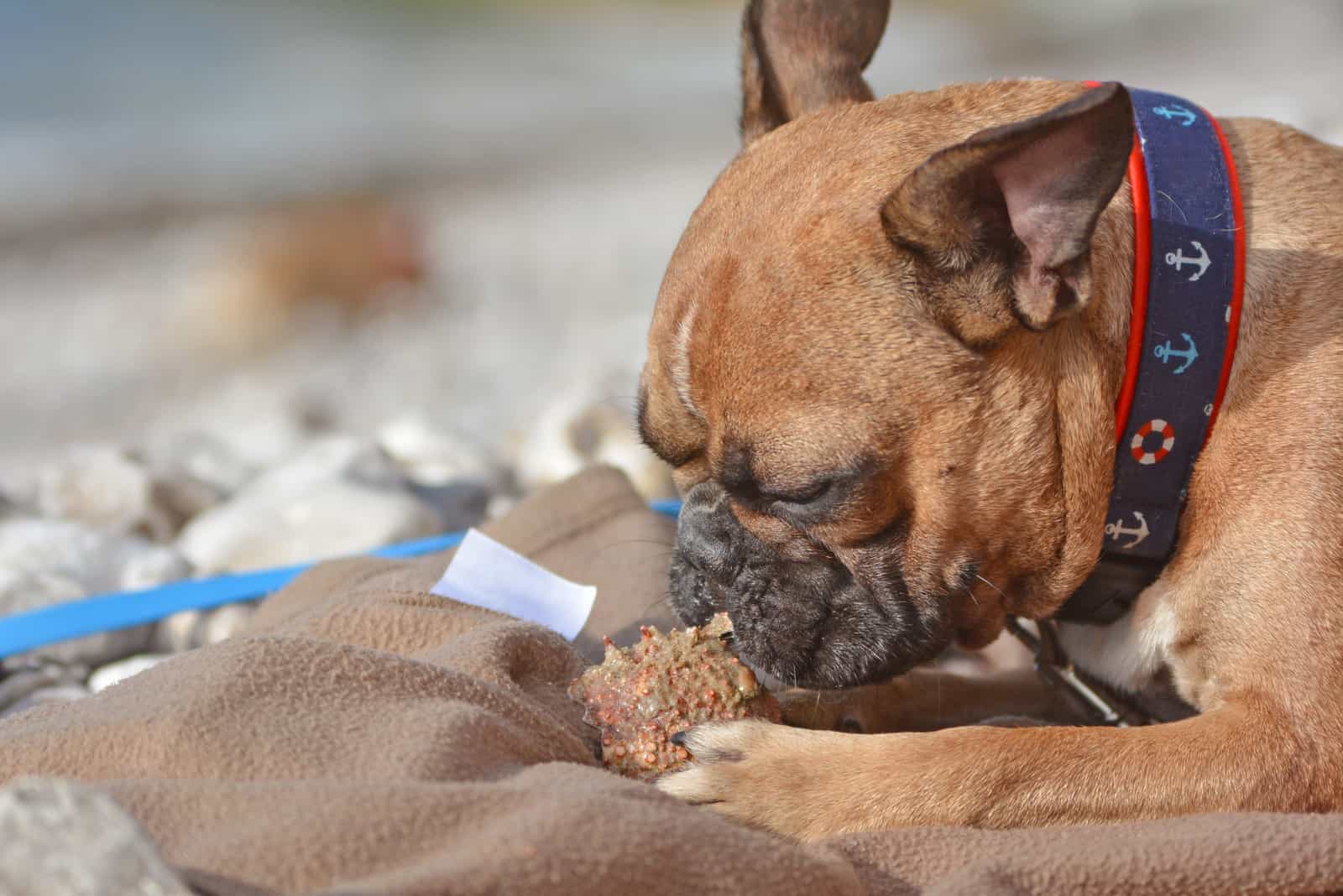
You may wish to take the risk of eating them raw, but the ASPCA warns against feeding them to dogs as they have a notoriously delicate digestive system. If your furry friend isn’t used to raw foods of any kind, it may well give them an upset stomach.
Also, raw seafood carries an increased risk of carrying bacteria and parasites that could make them ill.
Feel free to seek veterinary advice relating to any changes in your dog’s diet if you have any doubts!
Are there any other health issues to watch out for?
Yes. Firstly, there’s the seasoning and spices we add to a lot of our human foods. These additives aren’t good for dogs and will almost definitely make them ill. Too much salt in their diet increases the risk of sodium ion poisoning, which can prove fatal.
In tiny amounts, spices are not harmful to dogs. But some dogs are more sensitive than others and will react badly. Spices, such as cayenne pepper, can irritate their gut and cause discomfort.
Then there’s the ‘orange part’ of the scallop, called the ‘coral’ or roe, but which is actually the reproductive organ. Some people prefer the stronger flavor of this part to the more delicate flavor of the adductor muscle that is usually eaten.
When it comes to dogs, there’s some confusion as some reports say that the roe is highly toxic to dogs and can kill them in minutes, though the source of this claim is hard to pin down. Perhaps it’s safer to avoid feeding them this part, just in case.
And while we are on the subject of toxicity, we should address the issue of seafood poisoning as a whole, which can affect dogs just as much as humans. More detail can be found further down as to the problem of pollution, but shellfish harvested in areas contaminated by red tide should be avoided at all cost!
Red tide is a name given to an algal bloom, often seen on shorelines after heavy storms, which gives the water a red hue. This bloom is toxic to fish and is absorbed by shellfish and can make you seriously ill if consumed.
One of the most devastating effects is paralytic shellfish poisoning, which can manifest in around thirty minutes after eating. The symptoms are dramatic, unpleasant, and in more extreme cases, it can result in death.
What about other types of fish?
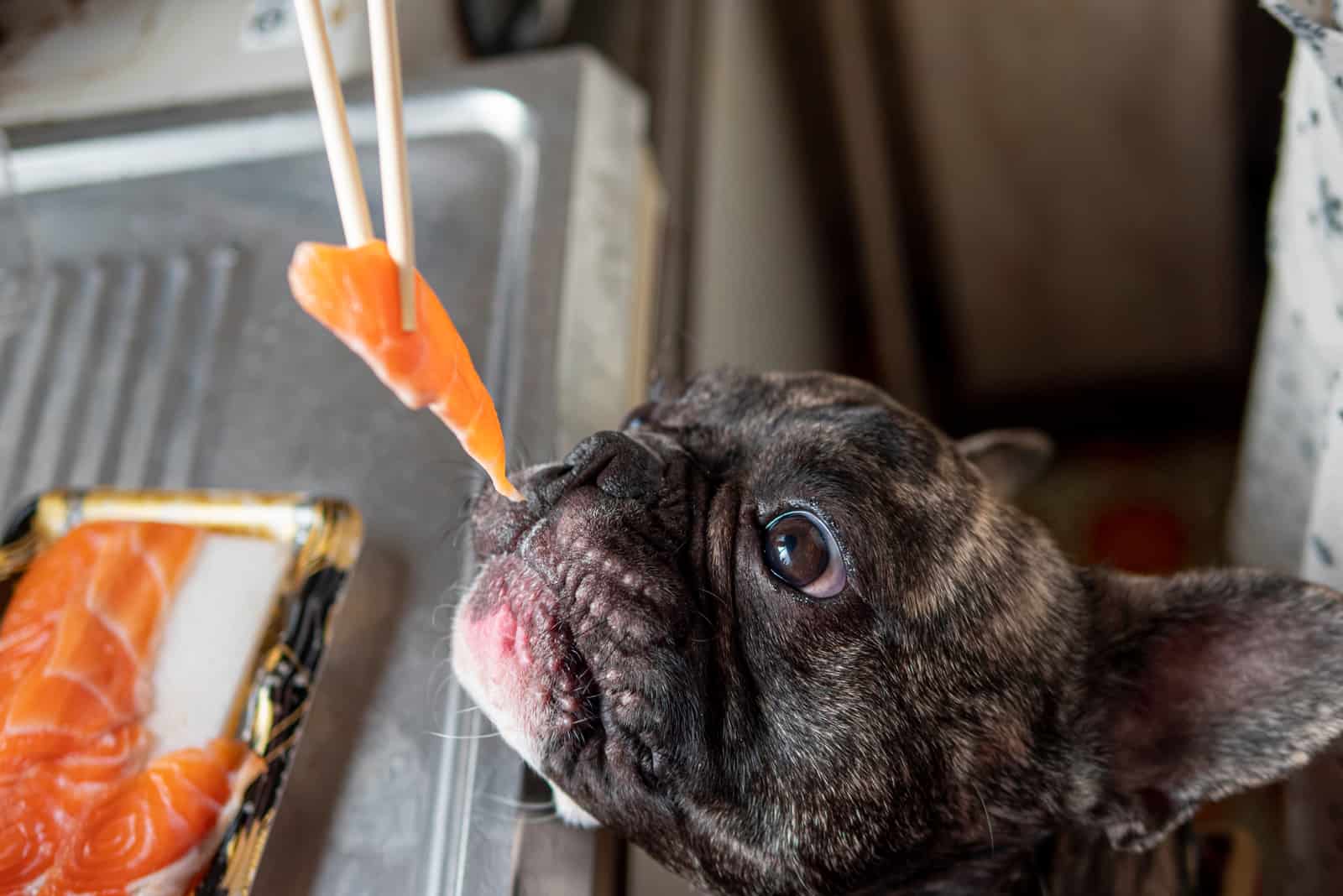
As we’re talking about the welfare of our pooch pals, it might be worth mentioning some of the dangers connected to feeding them other kinds of seafood and fish.
For example, have you heard about salmon poisoning? This usually occurs when a dog eats raw salmon contaminated with the neorickettsia helminthoeca organism.
Symptoms begin between six to ten days later after consuming the fish, with the dog becoming lethargic. As usual, vomiting and diarrhea are common symptoms, which will worsen, becoming bloody in the late stages.
Unfortunately, pollution has become a real problem in many parts of our beautiful world, with some oceans being affected more than others. Sea creatures tend to pick up these contaminants during their lifetime, which can be passed to us as we consume them.
Scallops and other shellfish filter their food from the seabed and can become contaminated by heavy metals and other types of pollution, such as sewage (and red tide, as mentioned above).
To minimize the risk, only buy your scallops from local or reputable sources (store-bought should be okay) who make their catches in clean waters. Frozen seafood imported from other parts of the world may carry a much higher risk of contamination.
With regards to fish, the general rule is: go for smaller species that have a shorter life span. The longer a fish lives, and the larger it becomes, the more likely it is to have absorbed substances that are bad for your health.
Take tuna, for example. Many experts advise against feeding tuna to dogs due to the high levels of mercury and other heavy metals that accumulate during its life.
Large fish tend to have lots of bones too. It is vital to ensure that all bones are extracted before feeding the fish to your dog; otherwise, there is a real risk of choking.
Instead, you could try feeding them something like sardines, as they are small and contain far less mercury. They are also soft-boned, which gets around the possible choking hazard, and they are packed with goodness.
One word of advice, though: try to avoid canned sardines in saltwater because of the high sodium content. Natural oils are okay (coconut or olive oil) but rinse them first as even these can have a laxative effect if they have too much.
Conclusion
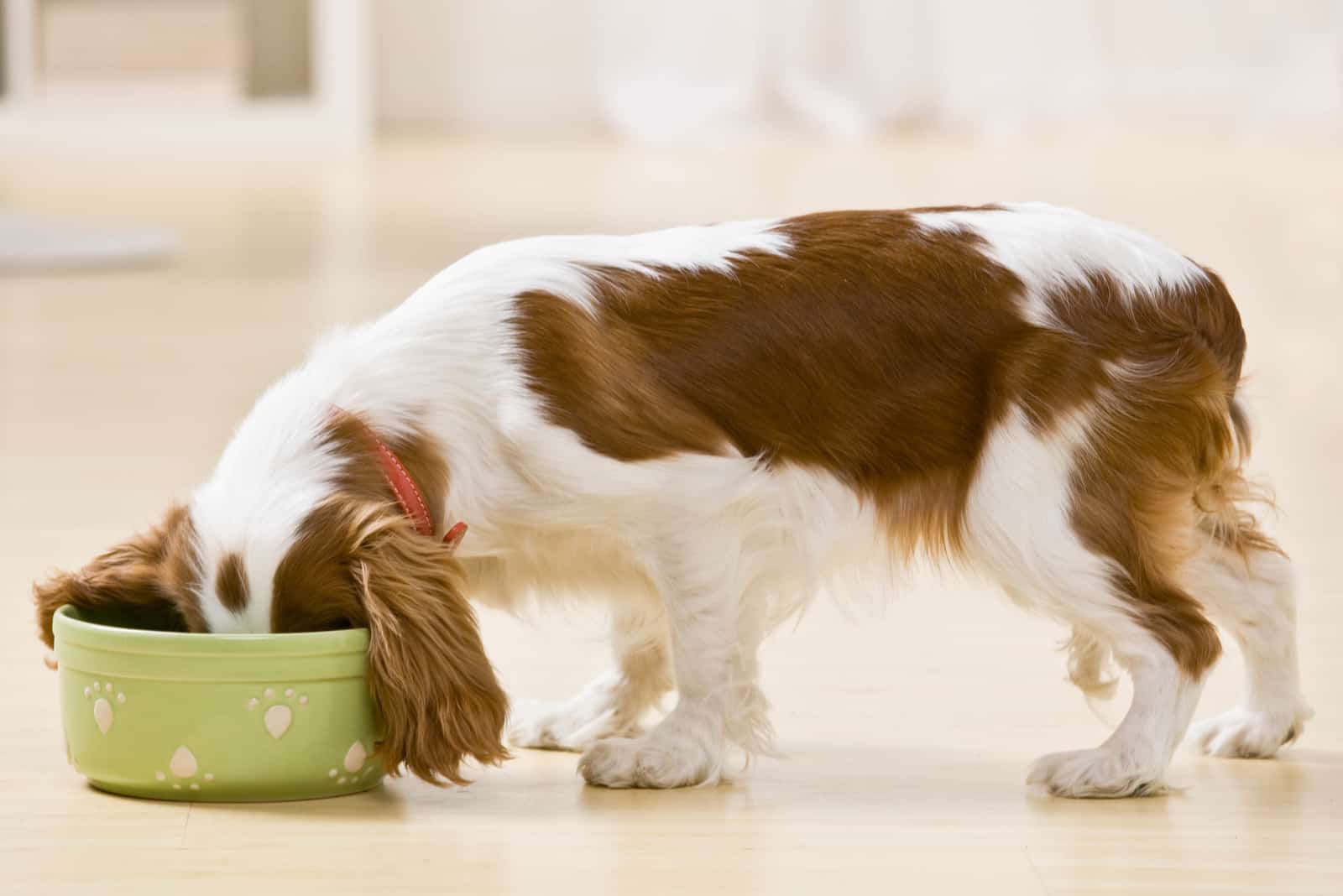
Responsible dog owners obviously want the best for their beloved furry friends. We love to give them treats, but not at the cost of their health. This is why it is good to ask questions like ‘can dogs eat scallops?’ rather than filling their bowl with them first and hoping for the best.
As with any new foods, it should be introduced slowly, keeping a careful eye out for any adverse reactions. If you notice any changes that cause you to worry, seek veterinary advice immediately.
So, are scallops safe for your dog? As long as we remember that there is no substitute for normal dog food, then the occasional treat won’t hurt.
No treat should ever replace a whole meal, and a couple of plain scallops every now and again, with no seasoning (and never fried or raw!) will keep them happy. It will also allow them to enjoy the same health benefits that we gain from this delicacy.
Important note: like us, dogs may suffer from food intolerance or allergies!
There may be a chance that your dog has a seafood or fish allergy or that their system can’t cope with it. This is why it is important to introduce new foods slowly, in small amounts. If you find that your poor pooch gets sick from eating fish or scallops, then clearly it’s time to find another type of food.
As long as they seem fine, and you are cooking the seafood correctly and giving them small amounts once in a while, then all is well. It will be a good addition to their diet, supplementing them with a whole load of beneficial nutrients.
The fact that scallops are high in protein and low in calories could also help with weight loss as protein makes them feel fuller without adding fat.
So, source your scallops from a reputable supplier, cook them simply, and avoid frying or adding salt and spices, and there’s no reason why your precious pet shouldn’t enjoy a scallop or two. After all, it’s nothing less than they deserve.
Read Next: Pumpkin Seeds For Dogs — 9 Health Benefits Of Pumpkin Seeds
